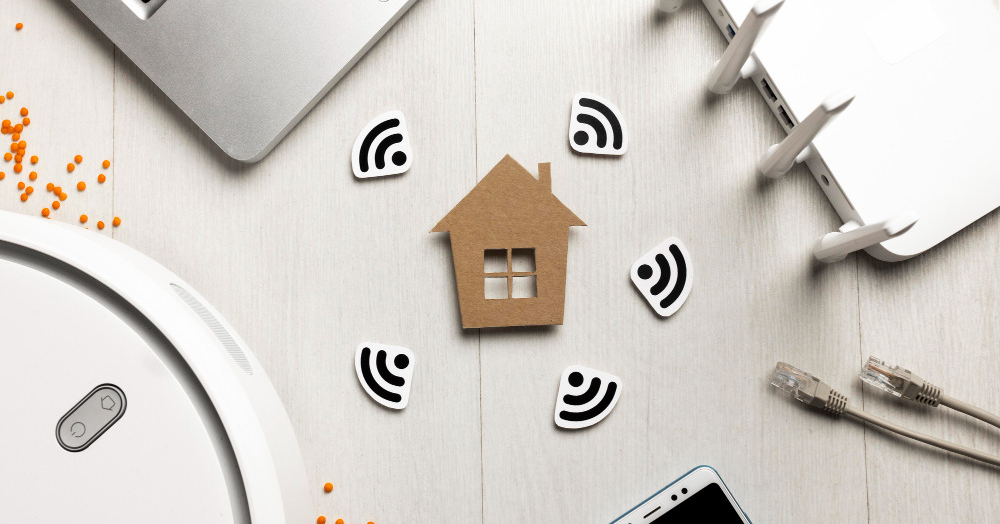
Setting Up a Home Network in a Rental Property
How to Set Up a Reliable Home Network in a Rental Property
Whether you are working from home, streaming your favourite shows, or gaming online, a reliable home network is essential. But setting one up in a rental property can come with unique challenges, limited control over infrastructure, restrictions from landlords, and the need for portability. Don’t worry! Here is a tenant-friendly guide to getting your home network up and running smoothly.
📶 Step 1: Understand Your Internet Options
Before you buy any gear, figure out what kind of internet service is available in your rental.
- Check with your landlord or property manager to see which providers service the building.
- Compare plans for speed, price, and contract flexibility.
- Look for no-contract options if you are not planning to stay long-term.
💡 Tip: Fiber and cable are ideal for speed, but DSL or 5G home internet can be good alternatives in older buildings or rural areas.
🛠️ Step 2: Choose the Right Equipment
Most ISPs offer a modem/router combo, but buying your own can save money and improve performance.
- Modem: Required to connect to your ISP (unless using fibre or 5G).
- Router: Distributes internet to your devices via Wi-Fi or Ethernet.
- Mesh system: Great for larger rentals or homes with thick walls.
📦 If you move often, choose compact, easy-to-install gear.
🔌 Step 3: Find the Best Spot for Your Router
Placement matters! For optimal Wi-Fi coverage:
- Put the router in a central location, away from walls and metal objects.
- Avoid placing it near microwaves or cordless phones, which can interfere with signal.
- Elevate it on a shelf or table, not the floor.
🏢 In multi-unit buildings, interference from neighbours’ networks is common. Use the 5GHz band to reduce overlap.
🔐 Step 4: Secure Your Network
Protect your data and devices with these quick steps:
- Change the default network name (SSID) and password.
- Use WPA3 encryption if available (WPA2 at minimum).
- Disable remote management unless you need it.
- Keep your router’s firmware updated.
🛡️ Bonus: Set up a guest network for visitors to keep your main network private.
📱 Step 5: Connect and Optimize
Once your network is live:
- Connect your devices and run a speed test to verify performance.
- Use apps like WiFi Analyzer to find dead zones or interference.
- Adjust router settings to prioritize bandwidth for work or streaming.
🧠 Smart idea: Label your devices in the router settings so you can easily manage them later.
🚚 Step 6: Plan for Portability
Since you are renting, think ahead:
- Keep your equipment’s boxes and manuals for easy packing.
- Document your setup (photos or notes) so you can replicate it in your next place.
- If you installed anything (like Ethernet cables or mounts), restore the space before moving out.
Setting up a home network in a rental doesn’t have to be complicated. With the right gear and a few smart choices, you will enjoy fast, secure internet, no matter where you live.